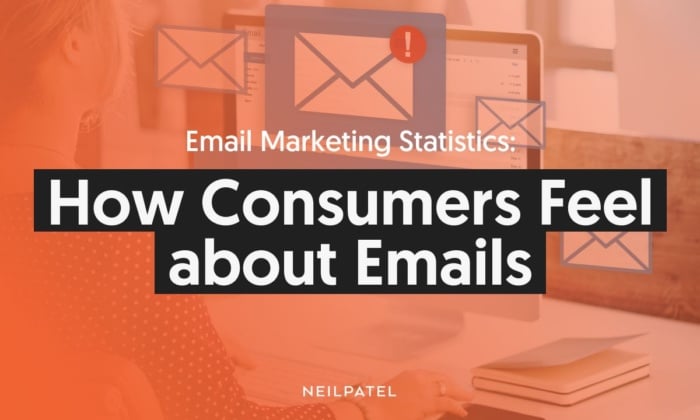Google’s Personal Info Removal Process: Insights From John Mueller

In today’s digital world, where personal information is so easily accessible online, protecting your privacy is crucial.
Recently a Reddit user wanted to remove personal information from Google Search.
Their experience and subsequent discussion with Google’s John Mueller highlight the complex process and policies around Google’s content removal tools.
In addition to looking at Mueller’s advice, this article will cover the following details involved in getting Google to remove personal information:
- Criteria used to evaluate removal requests
- The typical timeframe for content removal
- The options available if a request is denied
Mueller’s Advice Regarding Removing Content From Google
The Reddit user describes their experience:
“I had personal information on a website that had published it without my consent. The website removed it upon my request, and I then used the Google content removal tool to remove the result from their search engine. The removal request was approved. However, when I used the Google image removal tool for a photo that was part of the removed post, my request was denied.”
The user’s main question: “How long does it take for Google Search to drop outdated content such as my photo?”
Mueller responded:
“I suspect the image might have had multiple urls that showed it, so it’s possible that it’s just showing with a slightly different address now. In that case, just submit the URL that it’s currently using. I think you can just right-click & use ‘copy link’ from search, and submit that with the tool.”
An easy fix, straight from one of Google’s Search Advocates.
However, it isn’t always that easy. Here’s more information about the processes and policies for getting personal information removed from Google Search.
Google’s Content Removal Tools and Policies
Google realizes some types of personal info posted online can cause serious problems like identity theft or fraud. To help with this, Google makes it possible to request removal in certain cases.
First, you fill out a form to request your personal data be taken down.
Then Google reviews each case to decide if it meets the standards for removal.
The type of information eligible for removal includes the following:
- Confidential government IDs
- Bank account numbers
- Credit card numbers
- Images of handwritten signatures
- Highly personal records (like medical records)
- Personal contact information
Occasionally, Google will remove people’s professional contact info like work address and phone number.
This is especially true if that info is posted with threatening messages – a practice called “doxing.”
When deciding what to remove, Google weighs the public’s right to know things against people’s privacy.
Important info from official sources, news sources, and job-related content is usually kept in search results.
The Removal Process
After you file a request to have info removed from search results, you’ll get an automatic email confirming Google received it.
Google will review your request and ask for more details if needed. You’ll receive another email once Google reaches a decision.
If your request meets Google’s standards, one of two things will happen: Either the pages you want to be removed won’t appear in search results, or they’ll be omitted from results for searches of your name or other identifiers.
If your request is denied, Google will give a brief reason why. But don’t give up – if you get more evidence to support your case later, you can submit your request again for a second look.
Timeframe for Content Removal
Google tries to process removal requests within 24-48 hours. However, it can take up to 3 months for Google to remove outdated information fully.
If Google denies your removal request, review the reasons carefully and try to address the issues.
You can resubmit your request if you think the denial was made in error or if you have new supporting information.
Alternatively, you can contact the source directly to ask them to remove it.
Even if Google removes the link from search results, the information may still exist elsewhere on the web. So it’s best to deal with the source if possible.
In Summary
Removing personal information from Google takes time and a clear understanding of its policies and process.
Remember that Google balances individual privacy with the public’s right to access information, which impacts removal requests.
If Google denies your request, resubmitting it with more details or considering legal options may help. But complete removal isn’t guaranteed.
For more information about requesting the removal of personal information from Google Search, see the official help page.
Featured Image generated by the author using Midjourney.
Source link : Searchenginejournal.com



